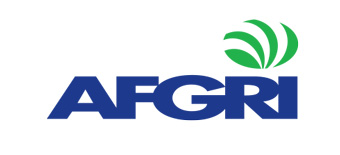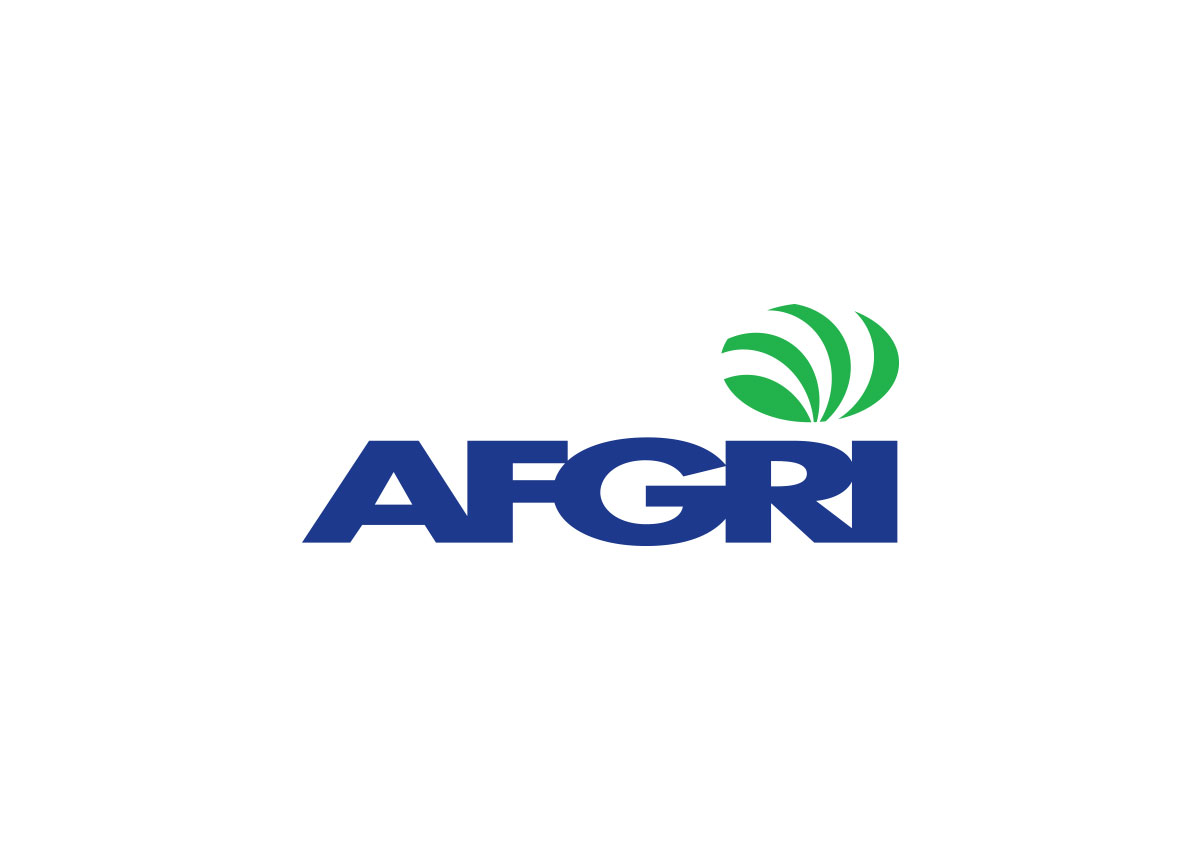Agtech to bring about the second “Green Revolution”
As the issue of food security takes grip around the world, agricultural technology (Agtech) is set to become one of the most impactful uses of modern technology, in that it is changing how we grow food. Fundamentally, it has introduced the second “Green Revolution”, putting to use real-time data and innovative technology to ensure effective farming practices and improved yields.
The post-war transformation of agriculture, known as the first “Green Revolution”, was led by American agronomist Norman Borlaug, who developed high-yielding varieties of cereal grains and the distribution of hybridised seeds, synthetic fertilisers, and pesticides to farmers. Borlaug’s contributions, as well as the widespread buildout of irrigation infrastructure and the adoption of modern management techniques, greatly increased yields without requiring an expansion in agricultural land, saving more than a billion people from starvation. Now, a second revolution, built largely on technologies that comprise precision agriculture, promises to make the farm of the future more productive and efficient.
With precision agriculture, farmers and soils work better, not harder. Think about precision agriculture as being ‘site-specific’ and ‘information-specific’, as in the most precise way of informing farming decisions. That is, farmers can take large fields and manage them as if they are a group of small fields through gathering information from the fields in real-time by observation and measurement, then responding to inter and intra-field variability in crops. This reduces the misapplication of inputs and increases crop and farm efficiency.
Why is this so important? In South Africa alone, we face a massive challenge to feed our population. In 2009, the population was 49 million and is expected to grow to 82 million in 26 years. Food production must intensify and more than double to feed the expanding population using the same or fewer natural resources. The result, there is shifting trend towards intensified agriculture, which can only be brought about using Agtech. This is a global phenomenon as each country looks at innovative ways to deal with the problem – not only in production, but across the value chain.
Agtech innovations include satellite mapping, drones, Internet of Things (IoT) and robotics. In 2014 alone, investment in agricultural technology surpassed investment in Fintech; $2.36 billion and $2.1 billion respectively. The growth potential is monumental particularly because Agtech will seek to find solutions to mitigate against climate change, increasing population growth and land scarcity. An example of this level of investment is with John Deere – the company has recently made an acquisition of an agtech startup, Blue River for $305 million. Reason being that Blue River’s has created technology that uses computer vision and machine learning to help growers reduce the use of herbicides; while conducting analysis on each plant to determine if it is a weed.
The eight main categories of Agtech include:
- Farm management software;
- Precision agriculture and predictive data analytics;
- Sensors that help farmers to collect data and to monitor crop health, weather and soil quality;
- Animal data – software and hardware specifically aimed at better understanding livestock, from breeding patterns to genomics;
- Robotics and drones;
- Smart irrigation;
- Next gen farms, where technology is used to provide alternative farming methods to enable farming in locations and settings that previously couldn’t support traditional farming; and marketplaces (technological platforms that connect farmers directly to suppliers or consumers without any middlemen).
Some of the most significant technological advances that are already revolutionising the agricultural sector in Africa include:
- Water-saving sensors comprising networks of wireless sensors and smart water management systems;
- Precision drones used for crop spraying in unmanned helicopters, precise aerial photography, soil and water surveys and spraying and watering assistance;
- Chemical-free pest control – including systems that can trap, count and monitor pests, systems that trigger the release of EPA-approved pheromones that disrupt pests’ mating cycles, and real-time field monitoring and targeted, automated responses; and
- Farming automation and management systems including interconnected machinery, machines that can inject fertiliser at precise depths, automated seed-spacing based on soil fertility and machines that measure harvest data in real-time.
Technology that increases the efficiency of farms has come a long way since the days when tractors and ploughs were the most important agricultural machines. More importantly though, it’s about food security and feeding the world’s burgeoning population. It’s also about sustaining profitable production – producers need to use the latest technology available, from seed to chemicals and mechanisation to training, including precision agriculture. It’s a case of maintaining a competitive advantage in a competitive global agricultural market; it’s not just a ‘nice-to-have’. And finally, it’s about reducing our impact on the environment too.
For more information on innovation in agriculture, contact AFGRI Technology Services on ats@34.255.249.49.
Sources:
https://en.wikipedia.org/wiki/Precision_agriculture




